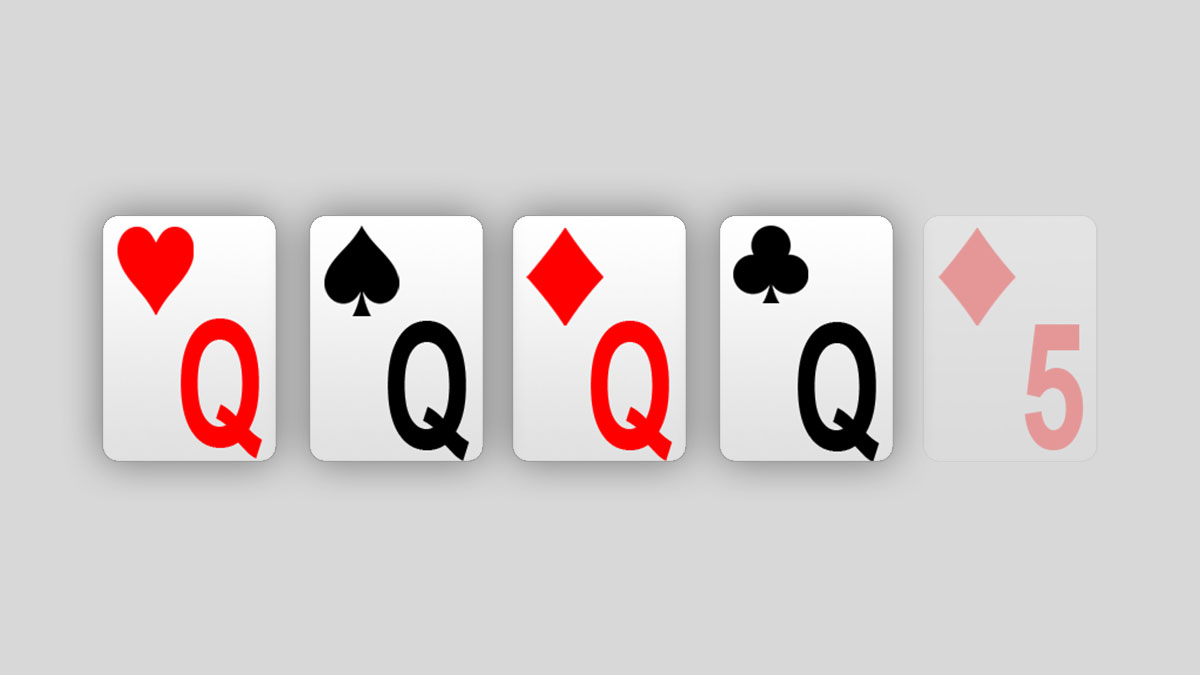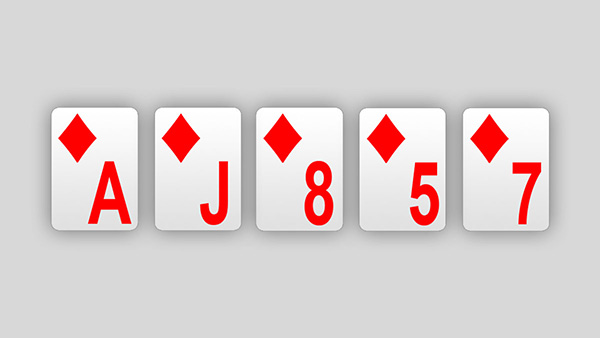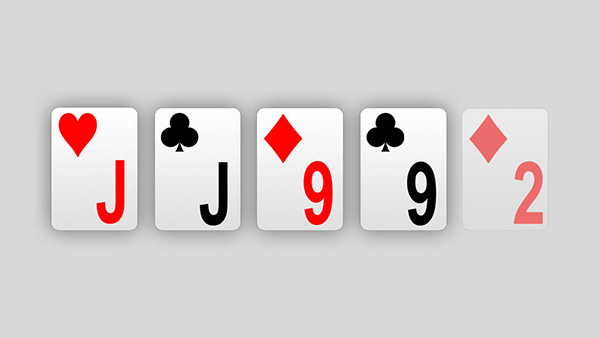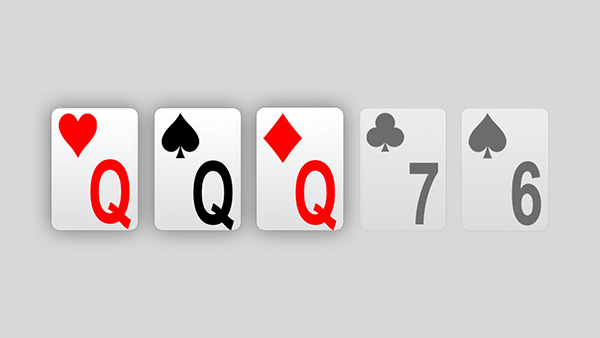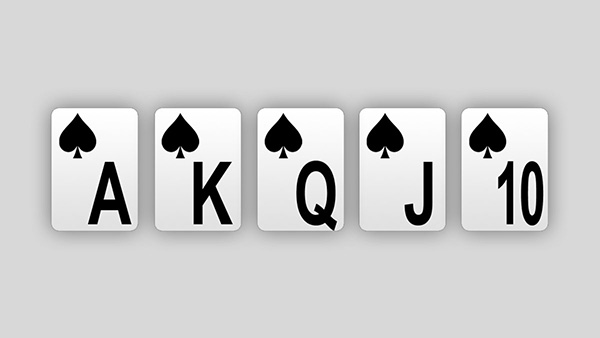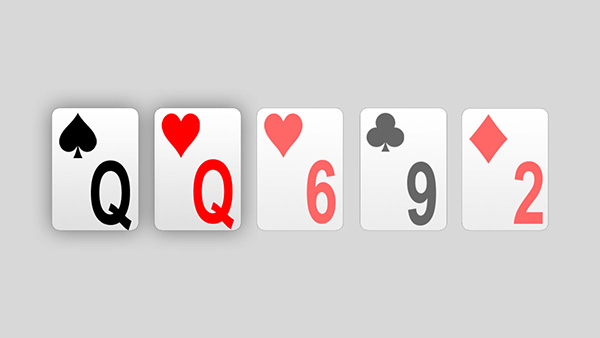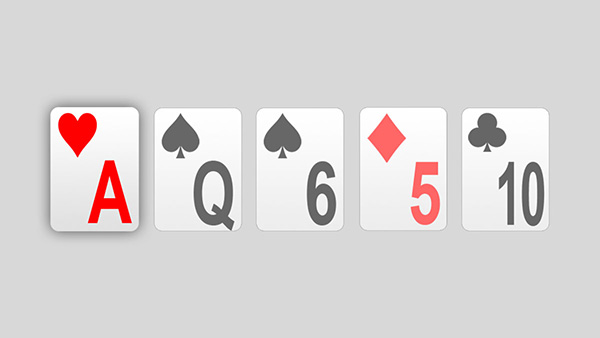The probability of drawing a Straight Flush from the flop using premium suited connectors like T9s is approximately 0.02%, which translates to about 1 in 4,900.
Definition of the Straight Flush –
This hand consists of five cards that are sequential and share the same suit.
Example – 5d6d7d8d9d
The most powerful hand in poker, known as the Ten to Ace Straight Flush, poker is often referred to as the “Royal Flush”.
Probability of Achieving a Straight Flush on the Flop
Drawing a Straight Flush on the flop is extremely rare in poker. To increase our chances, we need to begin with two connected cards of the same suit.
The chances of flopping a Straight Flush are so minuscule (around 0.02% or less) that many poker equity calculators do not display the precise probabilities.
We’ll need to do some maths of our own.
Calculation of Straight Flush Odds
Let’s examine a specific scenario -
If we have A2s, what are the chances of flopping an Ace-high to Five Straight Flush?
This example is chosen for simplicity, as it allows for only one specific way to achieve the Straight Flush. The flop must consist of the Three, Four, and Five of the appropriate suit.
So, how likely is this?
To perform the calculation, we first need to determine how many combinations of three cards can appear on the flop.
Understanding Basic Combinations and Permutations
First, let’s determine how many unique combinations of three cards can appear on the flop. Assuming we care about the order of these cards (and our two hole cards are already specified), the total is calculated to be 117,600 (50 * 49 * 48).
This type of calculation in statistics is known as a permutation, which takes into account the order in which the flop cards appear.
However, in Hold’em, the order in which the flop cards appear isn’t significant (for instance, a flop of 3,4,5 is equivalent to a flop of 5,3,4 in terms of play). What really matters is the total number of potential combinations of three cards.
In contrast, a combination is similar to a permutation, but it ignores the order. Given that there are 6 potential ways to arrange three cards, we can easily calculate the number of combinations of three cards by dividing our permutations (117,600) by 6.
Upon dividing, we find 117,600 / 6 = 19,600 possible three-card combinations on the flop (with two known cards).
This means there are 19,600 different sets of three cards that could potentially appear on the flop given our two hole cards.
Guess what?
To achieve the specific Straight Flush mentioned, only one of the 19,600 combinations will suffice.
With this knowledge in hand, we can now calculate various probabilities.
Probability of flopping a Straight Flush with A2s = 1/19,600 = 0.00005 or approximately 0.005%
That’s an extraordinarily low probability!
Fortunately, the odds improve slightly with different starting hands.
The odds hinge on the number of unique combinations of three cards that yield a Straight Flush.
For example, think about T9s.
What are the various ways to create a Straight Flush using 9Ts?
Calculating the possibilities for a Straight Flush with T9s
JQK
QJ8
J87
678
In this case, we find four distinct ways to form a Straight Flush with 9Ts. Therefore, we are four times more likely to achieve a Straight Flush with 9Ts compared to A2s.
Probability of flopping the Straight Flush with 9Ts = 4/19,600 = 0.0002 or approximately 0.02%
Exploring combinations for T8s
QJ9
J79
679
Probability of flopping the Straight Flush with T8s = 3/19,600 = 0.00015 or approximately 0.015%
Exploring combinations for T7s
J89
689
Probability of flopping the Straight Flush with T7s = 2/19,600 = 0.0001 or approximately 0.01%
Only suited connectors (or gaps) can achieve a Straight Flush on the flop. Other hands, such as pocket pairs or off-suit combinations, cannot flop a Straight Flush at all.
Naturally, we are more inclined to hit a Straight Flush draw rather than the Straight Flush itself. For further details on how to calculate the odds of hitting a Straight Flush draw on the flop, refer to the article on Royal Flush odds in poker.

